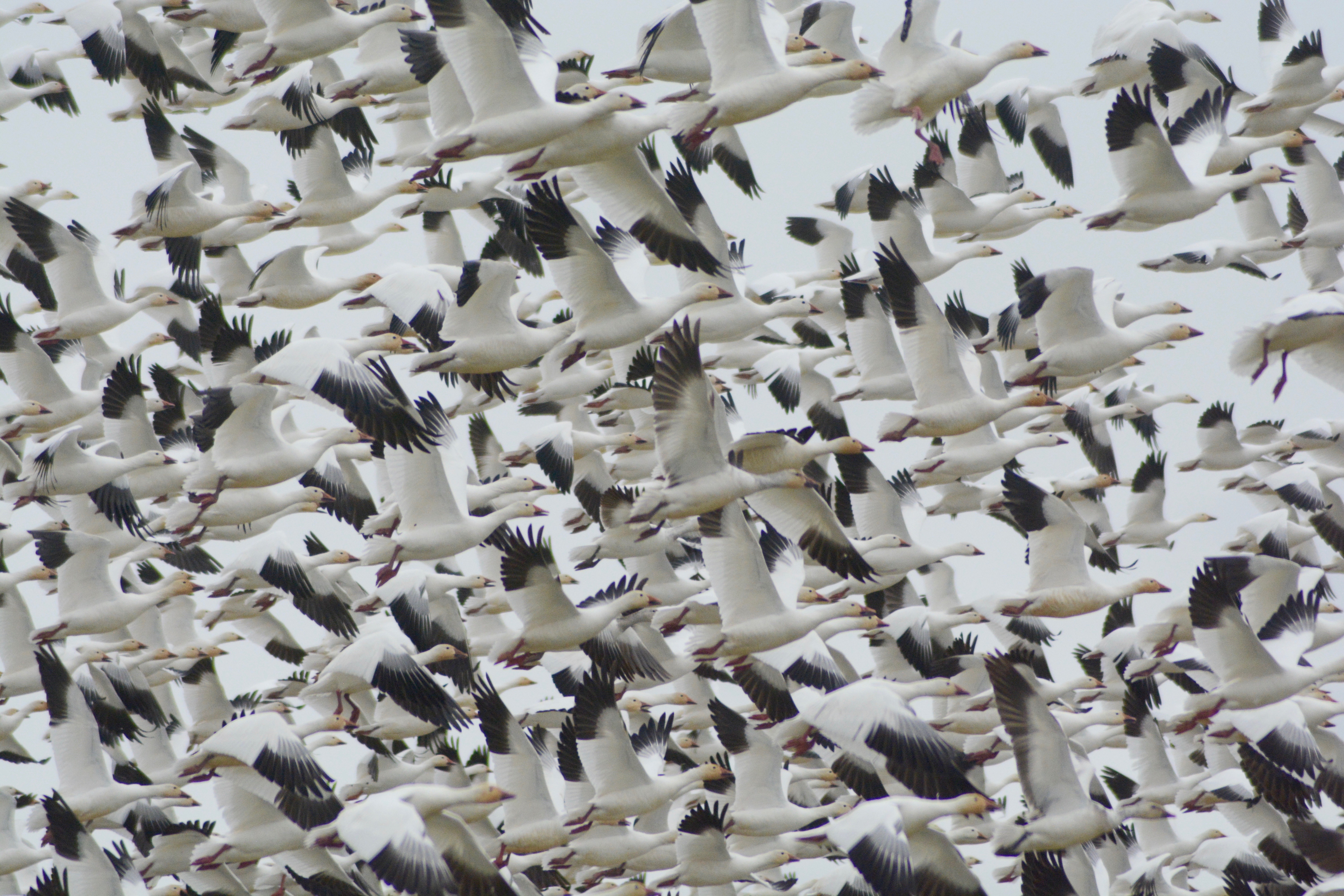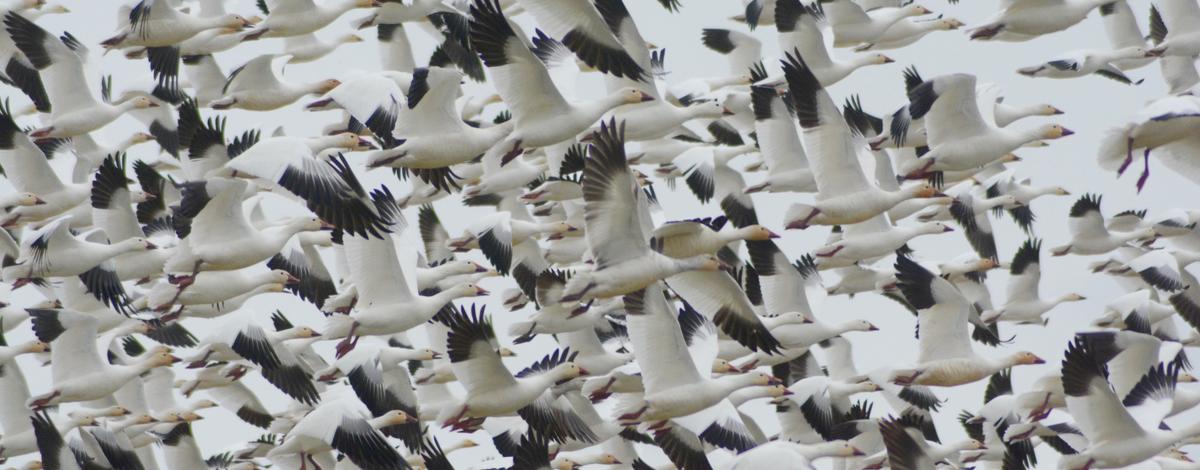For hunters looking to continue waterfowl hunting, seasons for white-fronted and light geese are available in portions of southern Idaho during February and March.

In Area 3, which encompasses southwest and south central Idaho including Ada, Boise, Canyon, Cassia, Elmore, Gem, Gooding, Jerome, Lincoln, Minidoka, Owyhee, Payette, Twin Falls and Washington counties, hunters have until Feb. 16 to hunt for white-fronted geese. The season for light geese (including snow, Ross’s, and blue geese) is also open and runs through March 10.
In Area 4, which includes all of Butte, Oneida and Franklin counties, and portions of Clark, Jefferson, Bingham and Power counties, the light goose season reopened on Feb. 8, and also runs through March 10. The white-fronted goose season is already closed in this area.
More information and area maps are available in the Idaho Migratory Game Bird 2019-20 Seasons and Rules brochure.
Additional legal hunting methods for light geese
When all other waterfowl and migratory game bird seasons, except falconry, are closed, hunters can use additional methods to hunt light geese.
During this time, recorded or electronically amplified bird calls or imitations of bird calls, and unplugged shotguns capable of holding more than three shells may be used to hunt light geese.
Hunters in Area 3 should note that these hunting methods apply to light goose seasons beginning Feb. 17 and through March 10, 2020 (not Feb. 18, as reflected in the footnote on Page 11 of the regulations), and that there are a number of areas closed to hunting in the Southwest Region. In Area 4, these hunting methods are currently allowed and may be used for the remainder of the season.
Light geese may be uncommon in Idaho in the fall and winter when many waterfowl hunters are hitting the fields, ponds and marshes, but in early spring, about 60,000 snow geese use Idaho as a stopover to feed and rest during their northern migration to their nesting grounds. The birds tend to take a “nonstop” flight through the state in the fall, resting only briefly, or not at all, so there’s little hunting opportunity.
But the birds tend to follow the weather on their reverse migration, settling in parts of southern Idaho in early spring until snow clears in the north and allows them to proceed toward their nesting grounds.
Snow geese’s unique migration allows a different hunting opportunity in Idaho. The spring “light goose” season, which includes blue, snow and Ross’ geese, is a relatively new opportunity for hunters. It started in 2010, unlike other waterfowl seasons that have existed for decades.
Since 2014, hunters in Idaho have been allowed to use electronic calls and unplugged shotguns for hunting light geese when all other waterfowl and migratory game bird hunting seasons are closed.
In addition to being a unique opportunity for hunters, the light goose season also helps reduce the damage the geese cause to grain and alfalfa crops that are just starting to spring up when they arrive here.

